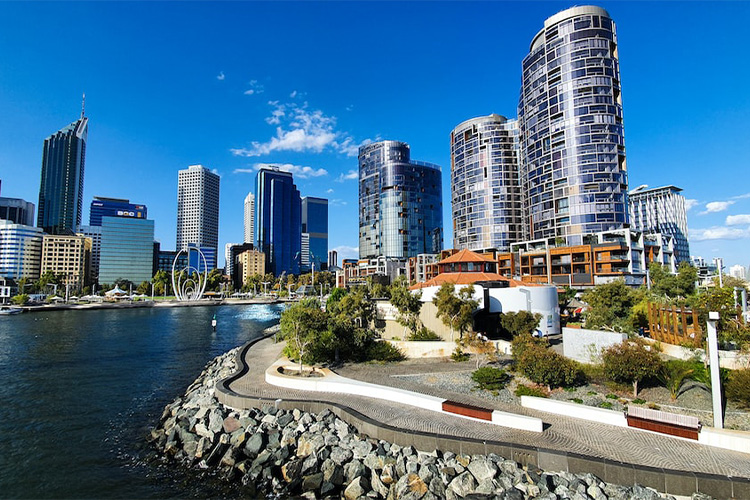

A sustainable and profitable building and industry are inextricably linked, says CEO Denita Wawn
August 04, 2023 | Staff Reporter | Australia | Facilities Management

Master Builders Australia (MBA), the country’s peak building and construction industry association, has released its inaugural report outlining building and construction sustainability goals to be achieved by 2050.
These eight goals are:
Master Builders Australia CEO, Denita Wawn, said a sustainable and profitable building and industry are inextricably linked. “The average profit margin across the building and construction business is around 5 per cent but this can be quickly eaten away in a high inflation environment if the builder is locked into a fixed price,” she said.
“During the pandemic, the cost of building homes increased by 20 per cent. This number is now falling, with the cost of building still inflated by 7.3 per cent, but less than the 2022 high of 20 per cent. We have seen this play out over the last year with builders in a profitless boom as material inflation, supply chain disruptions, and labour shortages have forced many builders to absorb these costs with inadequate risk-sharing provisions along the supply chain.”
Wawn added that businesses that address sustainability issues are better equipped to manage risks associated with environmental, social and governance (ESG) factors, thus able to make profits in a net zero, de-carbonised milieu.
Noting that the operation of buildings accounts for half of Australia’s electricity use and almost a quarter of greenhouse gas emissions, she said, “Now that government has legislated emissions reduction targets, the industry is being called on to make a contribution to meeting these mandated targets. A clear plan with a sensible transition process from the government, underpinned by an evidence-based approach to transitioning new methods and practices, will assist in attracting the investment in technology needed, boosting confidence in the market and providing the support builders need to transition successfully to net-zero construction methods.”